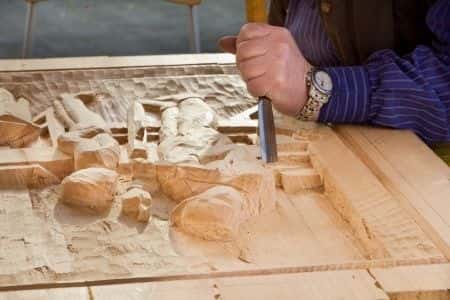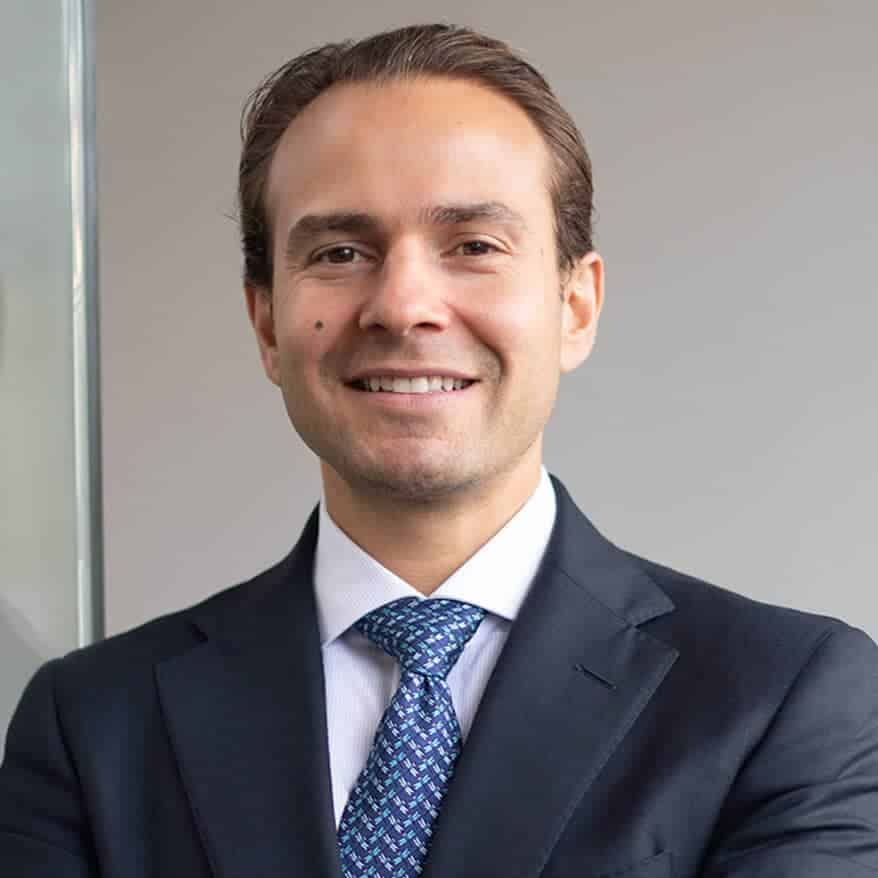This case involves a sculptor who decided to make a polychromed wood sculptural version of a copyrighted photograph that showed a couple and their 8 puppies. Through a variety of marketing channels, the photograph was published in a local newspaper, exhibited at a museum, and reproduced on greeting cards and note cards. The sculptor removed the copyright notice on the photograph and then gave it to his assistants so that they could make a model that he could use to sculpt it. The sculptor made minor changes on the model including changing the colors that were used in the photograph and changing the accessories that the subjects in the photograph were wearing. The photographer sued the sculptor for copyright infringement and the sculptor raised the defense of fair use and stated that he made the sculpture merely as a parody of the photograph and did not infringe its copyright.
Question(s) For Expert Witness
1. Can a sculptor make a statue based on a copyrighted photograph if he makes changes to small details such as the photograph’s colors and ornamentations?
Expert Witness Response
Generally, an artist cannot make a copy of another artist’s copyrighted work, including digital photography, without obtaining permission from the copyright holder. If an artist makes a copy of someone else’s copyrighted work without their permission, this is copyright infringement. In order to prove that someone has committed copyright infringement, the copyright owner must show that they have a valid copyright in the original work and that the other work is “substantially similar” to their work. Even though the other work may incorporate small changes in the copyrighted work (such as color changes and changes to small details), there is still infringement if the basic artistic expression of the original work is copied without permission. In this case, the sculptor probably infringed the copyright of the photograph because he copied most of the artistic details of the photograph and the two works were substantially similar. Fair use is an exception to the copyright laws that lets someone use a copyrighted work for parody, news reporting, teaching and various other uses. The sculptor in this case probably could not use the defense of “fair use” and claim that he merely made a parody or satire of the photograph. Generally, to use this defense the sculptor would have to show that his work was a comment, criticism, or parody of the photograph that had a totally different artistic style. The sculptor probably cannot use this defense because his statue was not of a different character than the photograph and did not comment directly in some way on the original photograph.
About the author
Michael Talve, CEO
Michael Talve stands at the forefront of legal innovation as the CEO and Managing Director of Expert Institute. Under his leadership, the Expert Institute has established itself as a vital player in the legal technology arena, revolutionizing how lawyers connect with world-class experts and access advanced legal technology. Michael's role involves not only steering the company's strategic direction but also ensuring the delivery of unparalleled intelligence and cutting-edge solutions to legal professionals. His work at Expert Institute has been instrumental in enhancing the capabilities of attorneys in case preparation and execution, making a significant impact on the legal industry's approach to expert consultation and technological integration. Michael's vision and execution have positioned the Expert Institute as a key facilitator in the intersection of law and technology.



